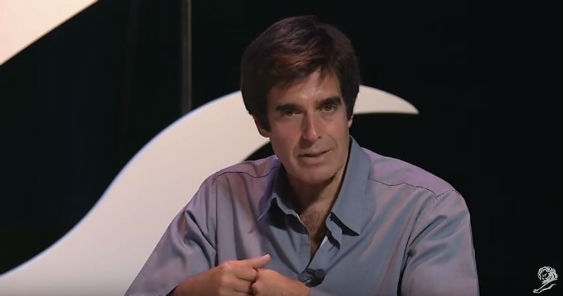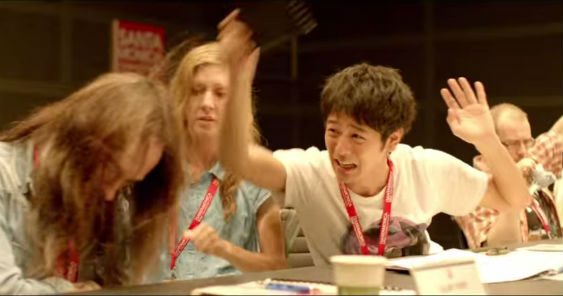ASIA-PACIFIC – JAPAN, JULY 3, 2013 – Almost every month since the 2011 earthquake and tsunami struck the Tohoku region, JWT Japan creative director Hiroaki Shinkai has been making the eight-hour trip from Tokyo to help out with relief efforts.
Shinkai, whose family hails from the region, pitched in where he could, from digging out rubble to helping teachers put on traditional summer festivals for children from the region’s devastated communities.
Back in Tokyo, Shinkai met with many people working in creative industries who wanted to put their talents to good use and help out, too. One afternoon, while perusing some stock photo images for an ad campaign Shinkai came up with a winning idea: a stock photo-style service that sells donated images and art, and channels the proceeds toward relief efforts. Shinkai approached executives at Amana Stock Services, Japan’s largest stock photo company, who loved the idea, and his own team at JWT. Amana and JWT Japan began reaching out to high profile photographers and artists across the country, and then brought Fumbaro Higashi Nihon, the largest relief organization operating in the Tohoku region, on board.
In April, the Art Giving Project was born, providing high quality photos and original art to a range of customers, including art collectors, editors, publishers and ad agencies, and channeling the revenue to aid groups in Tohoku. Over a dozen high profile artists, including Miyazaki Kensuke, who’s known for his colorful murals, and renowned photographers Atushi Maya and Takashi Suzuki, have donated more than 300 works to the stock service so far. In the last few weeks more artists have come on board, including controversial Singaporean photographer Leslie Kee, who lives in Japan, and Japanese photographer Orie Ichihashi.
“What I realized when I was volunteering is that relief projects like this are long term, ongoing efforts. Disasters fade from the news headlines, but the recovery effort can take many years,” says Shinkai. “The Art Giving project has really struck a chord with many people because it’s sustainable. This is not a one-off thing. This will help supply the relief agency with a steady stream of income, going forward, for years to come,” says Shinkai.
The project allows artists to make a difference, while getting exposure for their work. And it allows customers who use the art and stock photos to do some good with their budget, getting access to a wide variety of work while helping support disaster victims as the same time. JWT is providing project management and ongoing support to Amana, which manages the infrastructure needed to collect, share and sell the stock photos.
The project generates badly-needed resources for disaster zones from day to day business, a unique model that is transparent, sustainable and scalable. Art Giving has started off with a local focus, but organizers would like to take it global, connecting international artists and buyers with people in disaster zones all over the world.
The Art Giving team also aims to do more than raise funds for disaster zones. They plan to tap their network of artists to hold workshops and art sessions for residents, including children, in Tohoku. “Art has the power to uplift and deliver positive energy. We hope to deliver a little emotional relief, along with financial relief, to people in the disaster area.”





